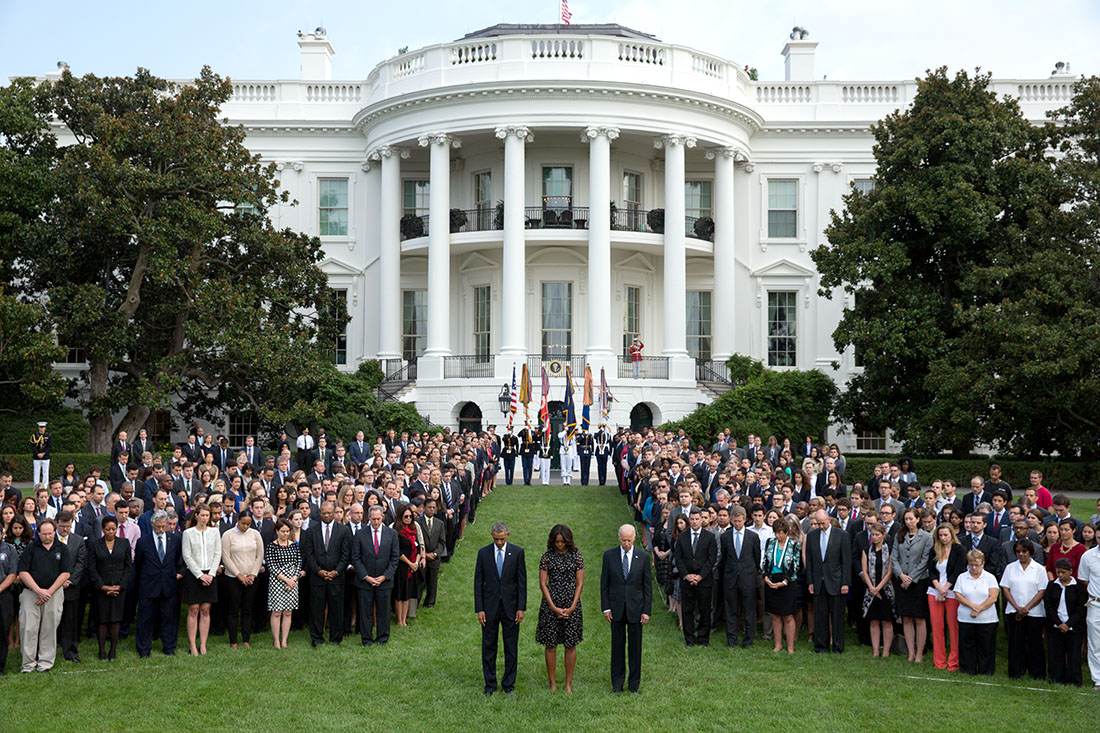![]()
In 2017, for the first time in eight years, a new President will be sworn into office. Regardless of which party wins, a new set of political appointees will serve as executive leaders across the government. The decisions that the new administration makes about who to appoint – which starts during the transition process — will set a path forward for the administration. Likewise, early decisions about how these political leaders interact with senior career executives will have a profound effect on the ability of the President to implement policy goals, and overcome execution and operational challenges that can cost the administration in terms of time, resources and public standing.
These and related challenges are the subject of “Managing the Government’s Executive Talent,” a new whitepaper by Doug Brook and Maureen Hartney. The whitepaper pulls from government and industry insights and best practices, and focuses the recommendations on how to achieve results in the complex federal environment. The whitepaper brings forward insights, including the need to effectively manage the interface between political and career executives, strengthen the Senior Executive Service, align accountability and incentives for political and career executives, and innovate recruiting and training executive leaders.
The authors also build on these insights and related research to present a new framework for the next administration to leverage the talent of top political and career executives. Intriguingly, they suggest the creation of an Executive Management Corps, comprised of top political and career executives who manage large operations within their agencies. They also urge the new administration to come into office with a clear expectation that departments and agencies will create Joint Executive Management Teams as their approach to operating. The teams would be comprised of political and career executives focused on their agency’s mission, with common performance management expectations.
Underpinning this framework and the overall recommendations from the roundtable are several key themes about the management of executive talent:
- Transition teams must identify roles based upon the type of skills needed – and then make appointment selections accordingly. Political considerations will of course be part of the equation, but leading large operations also requires managerial expertise.
- All leaders are part of a team. The best leaders create strong leadership teams that bring together complimentary skills, such that the whole is truly greater than the sum of its parts.
- Career senior executive service leaders have a tremendous impact. Administrations that work to quickly establish strong working relationships between political and career executives will be more successful.
- Achieving organizational objectives starts with clarity about the outcome, and then aligns leaders through clear performance measures and incentives. Absent clear objectives and aligned incentives, there may be lots of motion but little progress.
Among the many decisions that transitions teams and a new administrations will grapple with, executive talent management can be overlooked as a key priority. Yet the decisions about people are among the most consequential for the trajectory of the administration. We hope that this whitepaper spurs additional discussion about the importance of focusing on executive talent during transition planning and in the earliest days of the next administration.
Authors from the IBM Center for The Business of Government are part of the GovLoop Featured Blogger program, where we feature blog posts by government voices from all across the country (and world!). To see more Featured Blogger posts, click here.




Leave a Reply
You must be logged in to post a comment.